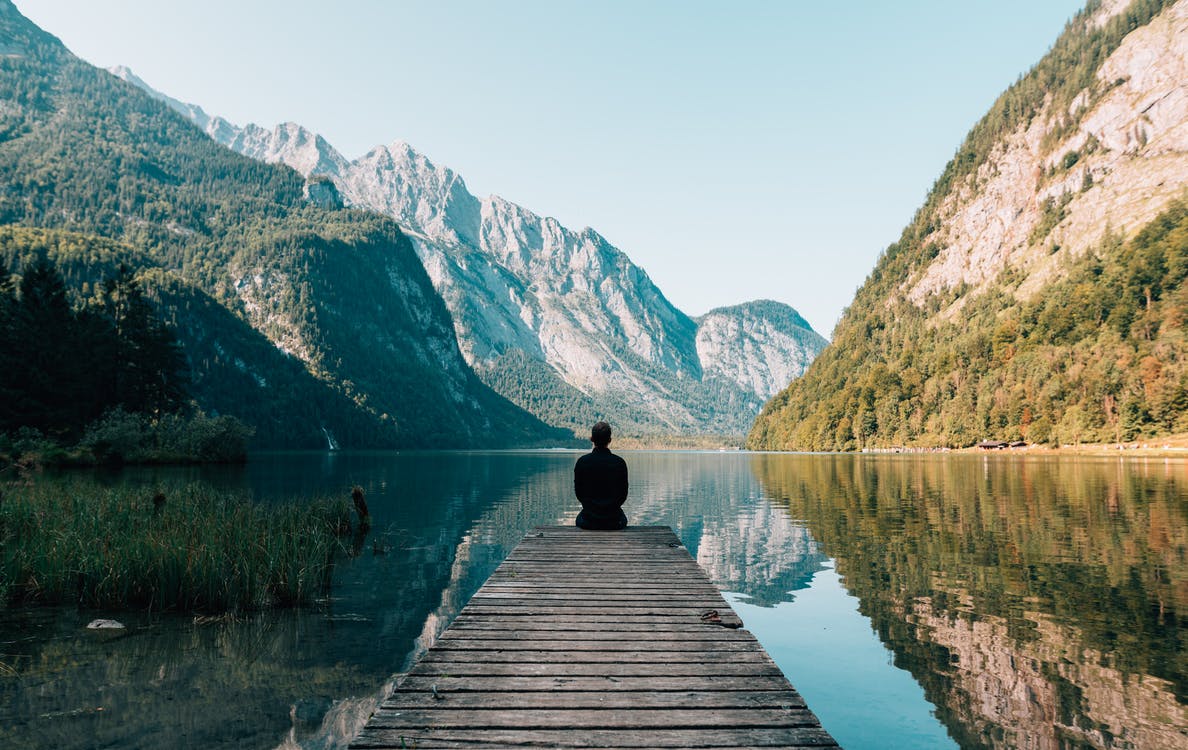
Ancient Words of Wisdom Series: Water vs. Rock
By Leigh Pittenger
Series 1: Daodejing of Laozi
Entry #4: Water vs. Rock
Chapter 8
The highest good is like water.
Water is good at benefiting the myriad creatures, while not contending with them.
It resides in places that people find repellent, and so comes close to the Way.
In a residence, the good lies in location.
In hearts, the good lies in depth.
In interactions with others, the good lies in benevolence.
In words, the good lies in trustworthiness.
In government, the good lies in orderliness.
In carrying out one’s business, the good lies in ability.
In actions, the good lies in timeliness.
Only by avoiding contention can one avoid blame.
In the Daodejing, the Way is associated with water. Chapter 8 begins, “The highest good is like water. Water is good at benefiting the myriad creatures, while not contending with them.” The Dao is often described as “flowing.” Chapter 34, for example, states: “How expansive is the great Way! Flowing to the left and to the right.”
The benevolence of water is a relatable idea for me. While I write, I can view the Mighty Mississippi, which makes me feel a part of something vast and ancient. The Big River has flowed long before I entered the world, and it will flow long after I depart. It’s dynamic and mysterious. I can only see the ripples on its surface, but there are currents and depths invisible to my eye. It’s a force of nature.
The Daodejing regards water as a supreme manifestation of power. In doing so, it challenges the traditional conception of power as hard and forceful. People often think of metal tanks and weaponry, for example. The Daodejing never advocates force as a true expression of power. Instead, it observes that water is soft, but powerful enough to change the shape of stone over time. It says, “In all the world, nothing is more supple or weak than water; / Yet nothing can surpass it for attacking what is stiff and strong. / And so nothing can take its place” (Chapter 78). Consider the walls of the Grand Canyon, for example.
Reading that “Water is good at benefiting the myriad creatures, without contending with them,” I envision a pool of cool, clear water where animals gather to sustain life. I recently viewed a nature documentary about animals in Africa who depended on a particular water source. Lions, hippos, and cheetahs all came to the pool to drink and bathe. Water offers itself to any creature who comes. It never rejects or discriminates.
I wrestle with Chapter 8’s advice about avoiding contention: “In interactions with others, the good lies in benevolence . . . . Only by avoiding contention can one avoid blame.” I wonder: aren’t there times when it’s cowardly to avoid contention? Aren’t we sometimes called to speak out for justice in the face of injustice? I often avoid posting my political views on social media because I dread contention. But I also suspect that I am reticent to a fault, and that I should speak out more often than I do to uplift marginalized groups in our society.
Earlier this week I had a mildly contentious experience with a family member on Facebook who posted a photo of herself smiling with a group of friends in front of a Confederate monument in our hometown. I decided to challenge her on the message that she was sending. Our conversation on Facebook turned into a longer conversation by text, and this person was open-minded enough to listen to my perspective as I urged her to respect the concerns of protestors. I wrote, “We have to stop caring about statues more than we care about people.”
I regard statues as the opposite of water. Statues are rigid, fixed, hard, and unyielding. Unlike musical bodies of water, statues don’t murmur or sing. One can’t say they “benefit the myriad creatures”; that is, they don’t invite a lot of wildlife other than pigeons. It also turns out that their rigidity doesn’t make them strong. Statues can be toppled and broken. They are ultimately weak.
I’d rather align myself with water than with statues.
For Reflection:
- How does the image of water illuminate the Way (the Dao) for you?
- What are your views on “avoiding contention”?
- Are there any other images or lines in Chapter 8 that strike your interest?
About the Author: Leigh Pittenger
With a PhD in Religious Studies from Emory University, Leigh has taught courses in world religions at Rhodes College and Christian Brothers University in Memphis. She enjoys studying and teaching sacred texts that have influenced yoga, including the Bhagavad Gita, the Yoga Sutra, and the Daodejing of Laozi.

